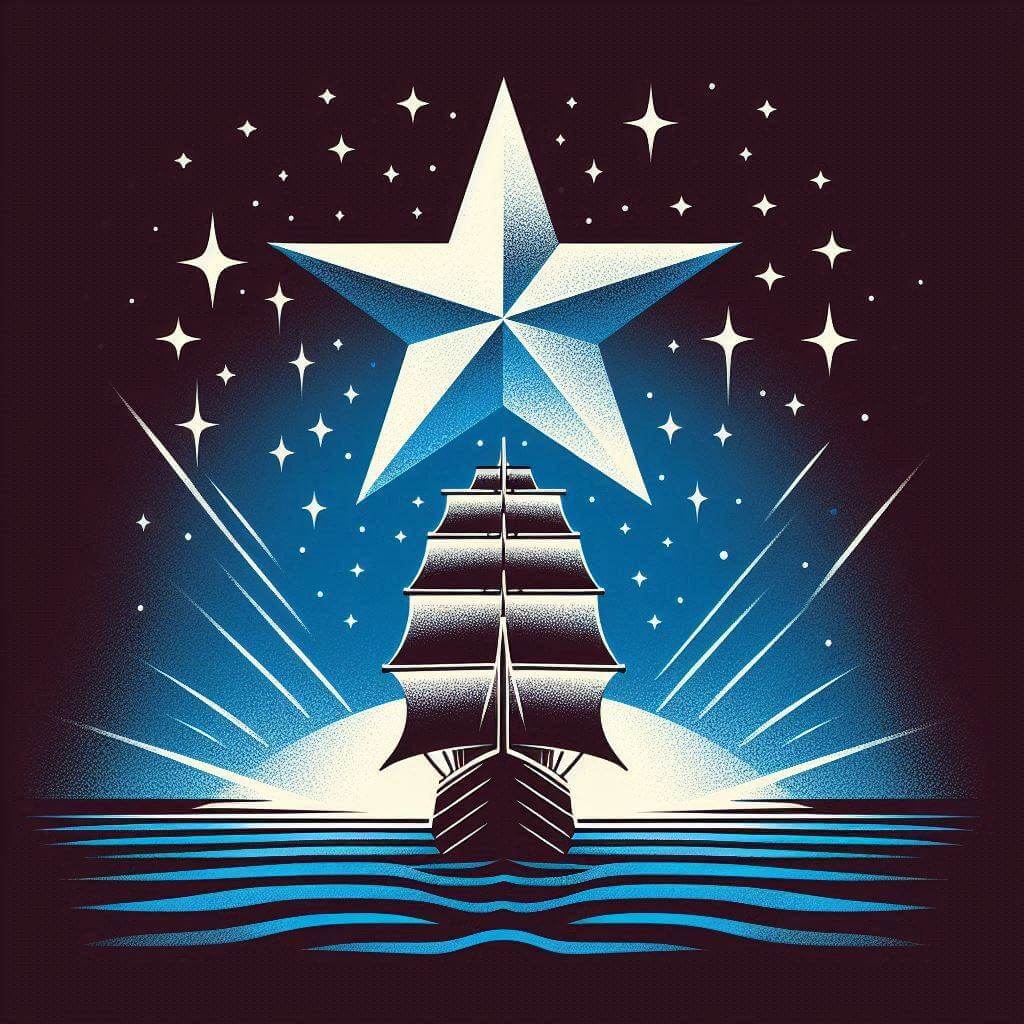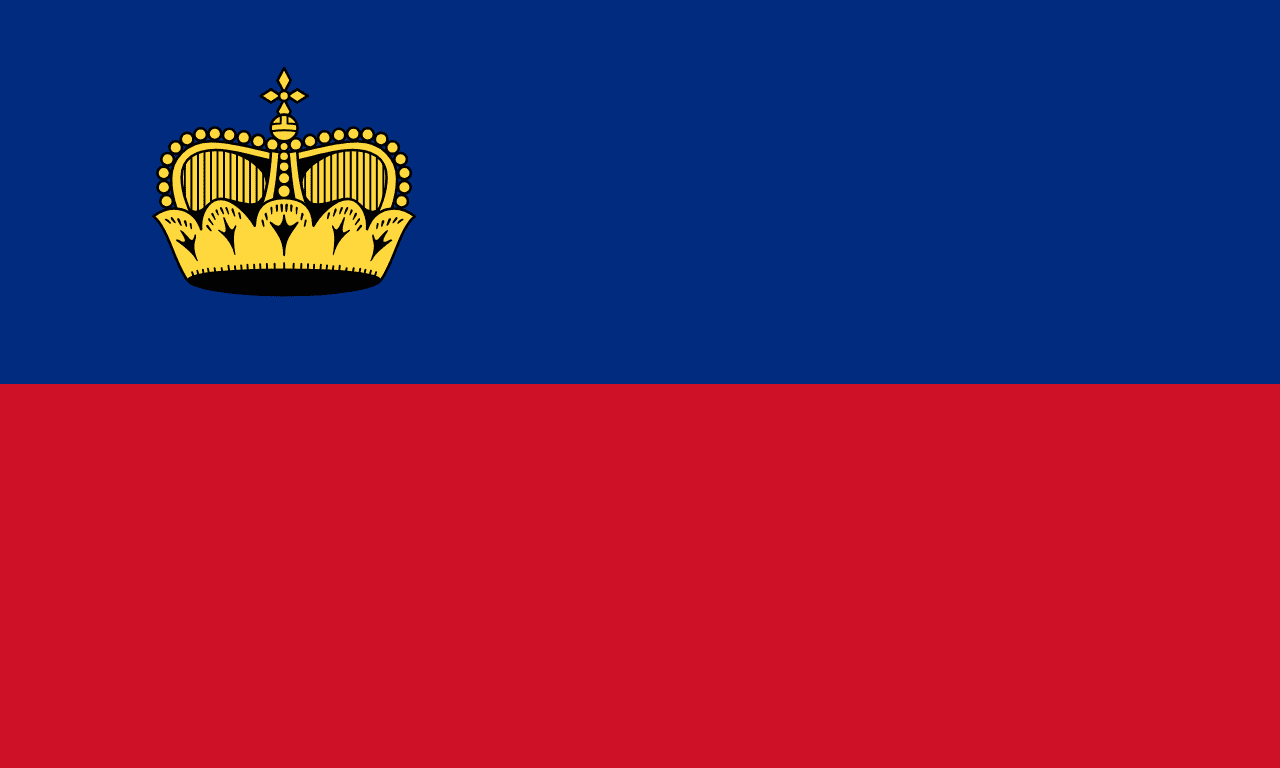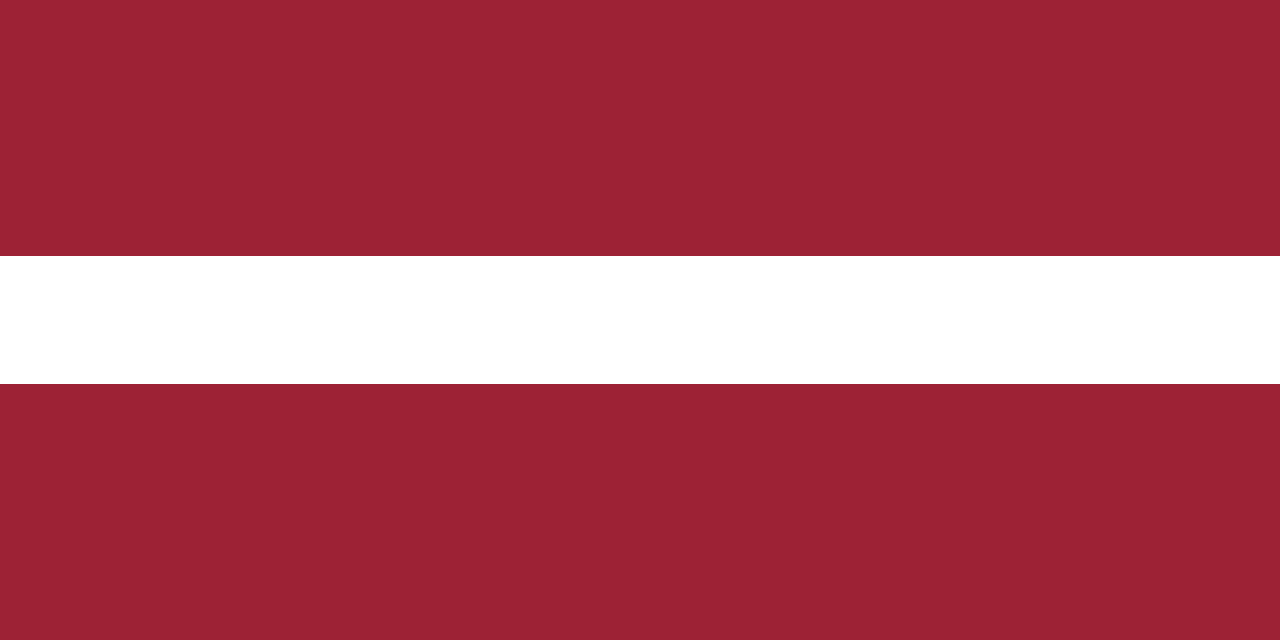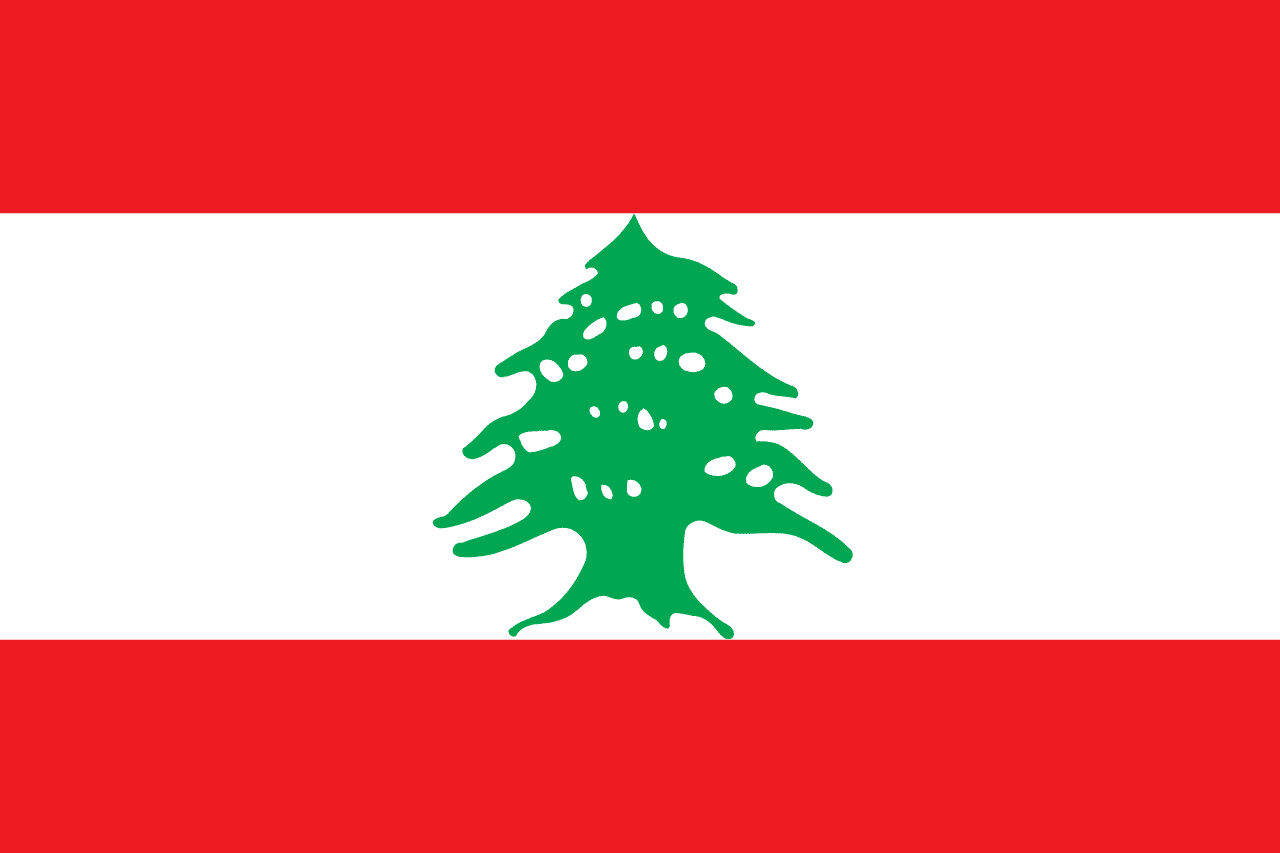The flag of Liberia consists of eleven horizontal stripes alternating between red and white, with a white star on a blue square in the canton (upper left corner). This design bears a striking resemblance to the flag of the United States, reflecting Liberia's unique history as a nation founded by freed American slaves.
Liberia information
| National Flag Day | August 24 |
| Sovereign state | Yes |
| Official name | Republic of Liberia |
| Capital | Monrovia |
| Population | 5,057,681 |
| Area | 111,369 km² |
| Currency | Liberian dollar (LRD) |
| Language | English |
| Continent | Africa |
| Region | West Africa |
| Subregion | — |
| Borders | Guinea, Côte d'Ivoire, Sierra Leone |
| Timezone | Greenwich Mean Time (GMT) UTC±0 |
| Calling code | +231 |
| Top-level domain | .lr |
History of the Liberian flag
 The Liberian flag was officially adopted on July 26, 1847, coinciding with the country's declaration of independence. Its design was created by a committee of seven women led by Susannah Lewis, who drew inspiration from the American flag. This connection was intentional, as Liberia was established as a homeland for freed African American slaves. The flag has remained largely unchanged since its adoption, serving as a constant symbol of Liberia's aspirations for freedom and democracy throughout its tumultuous history.
The Liberian flag was officially adopted on July 26, 1847, coinciding with the country's declaration of independence. Its design was created by a committee of seven women led by Susannah Lewis, who drew inspiration from the American flag. This connection was intentional, as Liberia was established as a homeland for freed African American slaves. The flag has remained largely unchanged since its adoption, serving as a constant symbol of Liberia's aspirations for freedom and democracy throughout its tumultuous history.
Symbolism and design of the Liberian flag
Each element of the Liberian flag carries deep symbolic meaning. The eleven horizontal stripes represent the eleven signatories of the Liberian Declaration of Independence, emphasizing the founding principles of the nation. The red stripes symbolize the courage and zeal of the founding fathers, while the white stripes represent moral excellence and purity. The blue square in the canton symbolizes the African mainland, highlighting Liberia's position as the first independent republic in Africa. The lone white star at the center of the blue field represents Liberia as a beacon of hope and liberty on the African continent, embodying the nation's aspiration to guide other African countries towards freedom and democracy.
Usage and significance of the Liberian flag
 The flag of Liberia is a powerful symbol of national identity and pride. It is prominently displayed on government buildings, schools, and during national celebrations such as Independence Day (July 26) and Flag Day (August 24). The flag plays a crucial role in fostering unity among Liberians, serving as a reminder of their shared history and aspirations. In international contexts, the flag represents Liberia in diplomatic settings, sports events, and cultural exchanges, symbolizing the country's sovereignty and unique position as Africa's oldest republic. During times of national crisis or celebration, the flag often becomes a rallying point for Liberians, embodying their resilience and hope for a better future.
The flag of Liberia is a powerful symbol of national identity and pride. It is prominently displayed on government buildings, schools, and during national celebrations such as Independence Day (July 26) and Flag Day (August 24). The flag plays a crucial role in fostering unity among Liberians, serving as a reminder of their shared history and aspirations. In international contexts, the flag represents Liberia in diplomatic settings, sports events, and cultural exchanges, symbolizing the country's sovereignty and unique position as Africa's oldest republic. During times of national crisis or celebration, the flag often becomes a rallying point for Liberians, embodying their resilience and hope for a better future.
Interesting facts about the Liberian flag
- Liberia's flag is sometimes referred to as the "Lone Star" flag due to the single star in its design, similar to the nickname of Texas in the United States.
- The Liberian flag has inspired the design of several other African flags, including Malaysia's flag, which bears a striking resemblance.
- During Liberia's civil wars (1989-1997 and 1999-2003), the flag remained a unifying symbol for many Liberians, representing hope for peace and reconciliation.
- Liberia is one of only two African countries never to have been colonized by European powers, with Ethiopia being the other. This fact is reflected in the pride associated with their national symbols, including the flag.
- The proportions of the Liberian flag are 10:19, which is slightly different from the 10:17 ratio of the U.S. flag, despite their similar designs.





